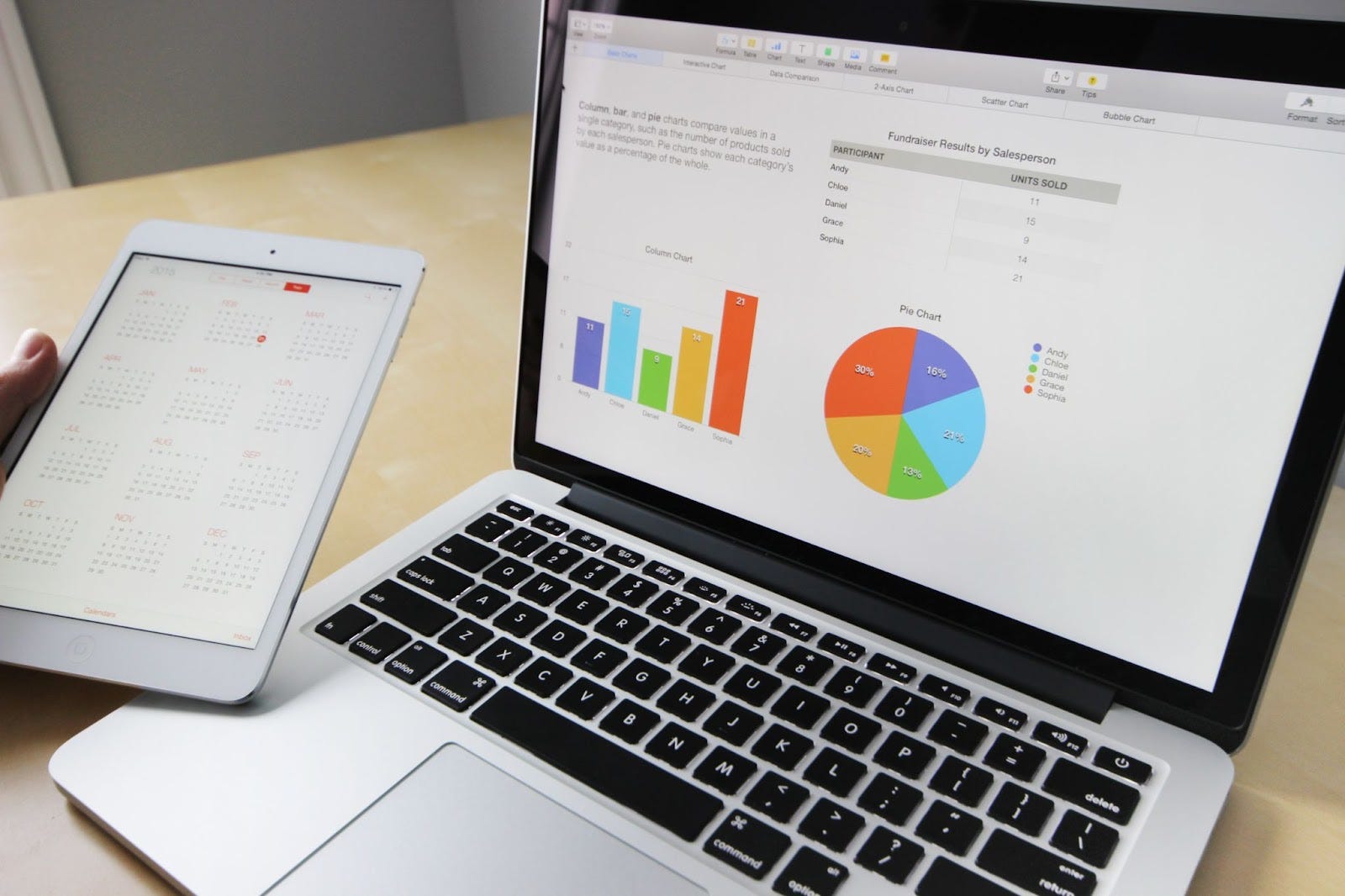Hypothesis. Experiment. Evaluation. The scientific method has been used since the days of Newton to study and understand the world around us. It implores an observer to first form a hypothesis, or an educated guess, about how something works. They then test their hypothesis through experimentation.
Finally, they evaluate the results of their experiment to see if their hypothesis was correct. The scientific method is simple in theory but difficult to execute in practice.
The same can be said about one of its successors. Many companies, even today, use the Plan-Do-Check-Act (PDCA) cycle to improve their processes and products. This iterative, four-stage problem-solving method has been widely adopted in manufacturing, healthcare, service industries, and software development.
Like the scientific method or the game of chess, it can be simple to understand, and difficult to master. In this article, we’ll explore:
- What a PDCA model is
- The history of PDCA and its other names
- The different stages of a PDCA cycle
- Implementing PDCA in your own business
- Common pitfalls to watch out for
Ready to hypothesize? Let’s get started!
What is the PDCA model?
The PDCA model is a problem-solving method that helps you to identify and fix issues in your business. It involves four key steps:
- Plan
- Do
- Check
- Act
You can think of it as a scientific approach to problem-solving. Just as scientists form hypotheses and test them through experimentation, businesses can use the PDCA model to test new ideas and processes to see if they improve the status quo.
The PDCA model is also known as the Deming Cycle, after W. Edwards Deming, who popularized it in the business world – though he eventually changed his mind and referred to it as PDSA, replacing check with study.
Sometimes it is also referred to as the Shewhart Cycle, named after Walter A. Shewhart, who first introduced it in the 1930s.
An O, representing observation can also be added at the beginning, representing the focus on watching and learning before any plans are set in motion. This is a similar strategy as many scientists take – they first study a problem or phenomenon to understand it before trying to solve it.

PDCA cycle vs DMAIC
It’s important to note that the PDCA model should not be confused with the DMAIC problem-solving method, which is often used in Six Sigma projects. DMAIC stands for Define, Measure, Analyze, Improve, and Control.
Both PDCA and DMAIC are iterative problem-solving methods that involve testing and measuring results. However, they are designed for different purposes. PDCA is best suited for small improvements in existing processes, while DMAIC is more effective for larger-scale projects with a defined goal.
For example,
- PDCA could be used to test a new marketing campaign to see if it generates more leads than the current campaign.
- DMAIC could be used to improve a manufacturing process to reduce defects by 25%.
While there is a fine line between them, it’s important to understand the difference between PDCA vs DMAIC before implementing either method in your business.
Stages of a PDCA cycle
The Deming principles for a PDCA cycle include four simple stages. Let’s take a closer look at each one.
Plan
The first stage of a PDCA cycle is planning. In this stage, you’ll need to identify the problem that you want to solve and set your goals for solving it. You’ll also need to come up with a plan for how you’re going to test your solution. This might involve creating a prototype or piloting your new process in a small area of your business.
It’s important to be as specific as possible in this stage. The more clarity you have about your problem and your goals, the easier it will be to test and evaluate your solution.
Do
The second stage of a PDCA cycle is doing. This is where you’ll put your plan into action and test your solution. It’s important to be careful and methodical in this stage so that you can accurately evaluate the results of your test later on.
You should also keep track of any problems or issues that come up so that you can address them in the next stage.
Check
The third stage of a PDCA cycle is checking. In this stage, you’ll review the results of your test and see how well your solution worked. This will involve looking at things like whether you achieved your goals, what problems came up, and what could be improved.
You should also take this opportunity to reflect on your performance and see if there’s anything you could have done better.

Act
Also sometimes referred to as adjust, the fourth stage of a PDCA cycle is where you’ll make changes based on what you learned in the previous stages. This might involve modifying your original plan, or coming up with a new plan altogether.
You might also decide to implement your solution on a larger scale or abandon it entirely if it didn’t work as well as you’d hoped.
It’s important to be flexible in this stage and be willing to adjust your plans based on what you’ve learned.
Implementing PDCA
If you have decided to try and incorporate the PDCA methodology into your own business, there is a step-by-step procedure that you should follow. Below is a general overview of how to implement PDCA:
Choose a problem or process that you want to improve
The first step is to identify a problem or process that you want to improve. This could be anything from the way your company onboards new employees to how you develop new products. You can determine a strong candidate by asking the following questions:
- Is the problem costing your company time or money?
- Do customers regularly complain about this issue?
- Do employees seem unhappy with this process?
If you can answer “yes” to any of these questions, then you have likely found a good candidate for improvement.
Plan your experiment or change
Once you have selected a problem or process to improve, the next step is to plan your experiment or change. This stage of PDCA is all about designing a new way of doing things and figuring out what resources you will need to make it happen. You should also establish a baseline measurement at this stage so that you can compare your results later on.
Make sure you:
- Get buy-in from all relevant stakeholders
- Develop measurable goals
- Create a detailed plan of action
Once you’ve made a plan, you are ready to move on to the next stage: experimentation.
Experiment!
Time to jump in. The experimentation stage is where you implement your new plan and see how it goes. This is usually the most exciting part of PDCA because it’s when you finally get to see if your changes make a difference.
It’s important to remember that you are still in the scientific method at this point. You should be constantly observing and taking measurements so that you can properly evaluate your results later on.
Make sure you:
- Test your changes on a small scale first
- Document everything
- Be prepared to adjust your plan based on what you observe
After completing your experiment, you are ready to move on to the next stage: evaluation.

Check the results
After you have completed your experiment, it’s time to sit back and analyze the data. This is where you determine whether or not your changes were successful. If your results don’t meet your expectations, don’t despair! The PDCA cycle is all about learning from your mistakes so that you can make better decisions in the future.
Make sure you:
- Compare your results to your baseline measurement
- Analyze what went well and what didn’t
- Share your findings with all relevant stakeholders
If you can do all of these things, you are ready to move on to the final stage: adjustment.
Analyze what worked
Based on your findings, it’s time to make some adjustments to your plan. This might mean changing the way you do things or it could simply be a matter of fine-tuning your process. Either way, the goal is to always be moving forward and making improvements.
Make sure you:
- Modify your plan based on your findings
- Get authorization for changes from all relevant stakeholders
- Implement your new plan and measure the results
While you have completed a PDCA cycle, there is still one optional step that can be taken to make sure that your changes are effectively adopted.
Standardize the new improved process
Before moving on to another cycle, you may want to consider standardizing the new and improved process. This step is not always necessary, but it can be helpful to ensure that your team is up-to-date with the latest changes.

Common pitfalls to watch out for
Because the practice has been around so long, it is easy to make some common mistakes when implementing PDCA. Here are a few pitfalls to watch out for:
- Failing to establish clear goals. Without measurable goals, it will be difficult to track your progress and determine whether or not your changes are making a difference.
- Not involving all relevant stakeholders. Be sure to get buy-in from everyone who will be affected by the change. This will help ensure that they are on board with the plan and are more likely to support it.
- Failing to measure results. Make sure you establish a baseline measurement before making any changes. This will give you something to compare your results to and help you determine whether or not your experiment was successful.
- Not standardizing the new process. If you make changes, be sure to update all relevant documentation and train your team on the new procedures. This will help ensure that everyone is on the same page and that the changes are effectively adopted.
Now that you have a general understanding of what PDCA is, how to implement it, and some of the most common mistakes to avoid, you’re well on your way to putting it into practice in your own business. Plan. Do. Check. Act.
